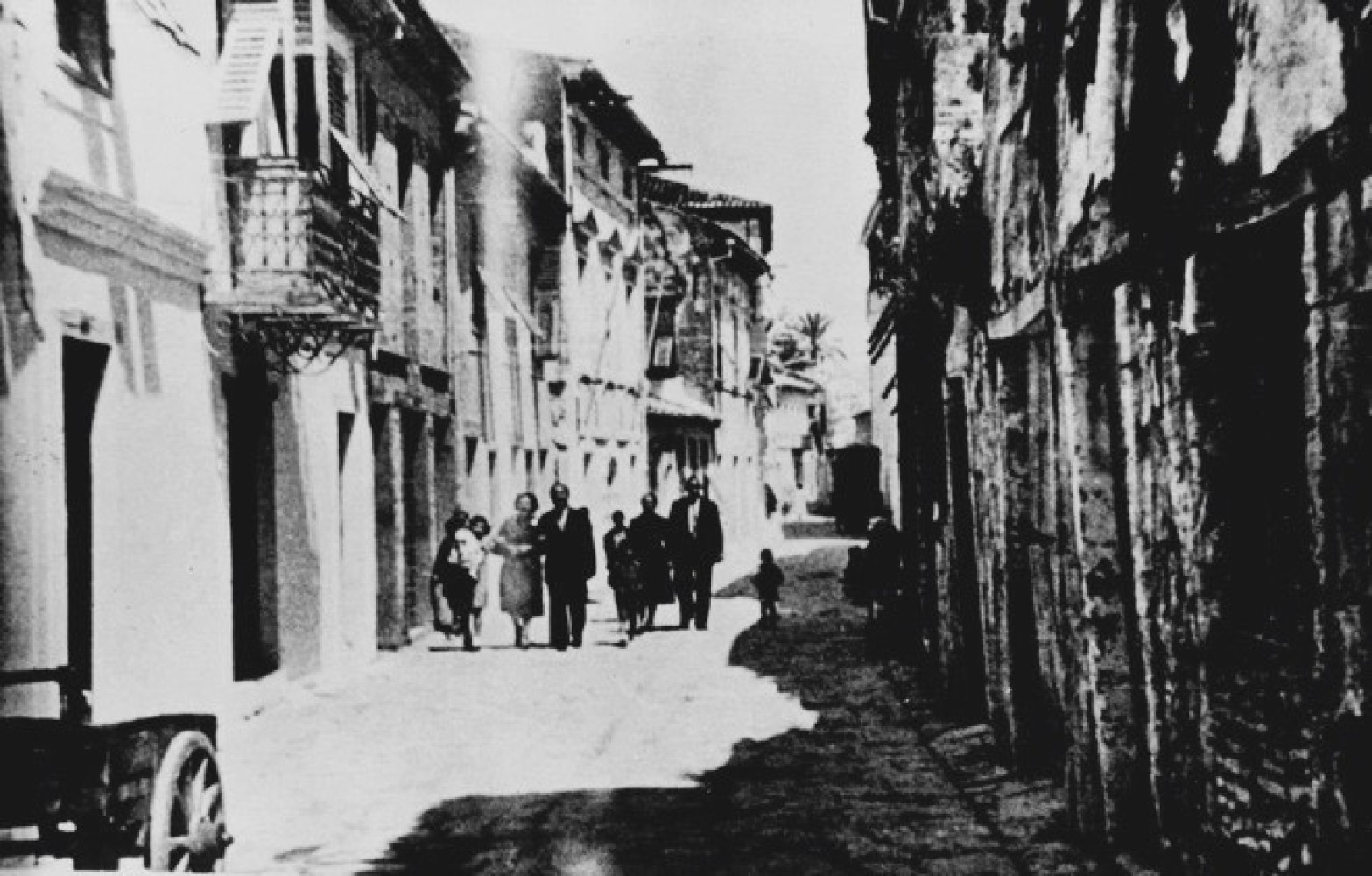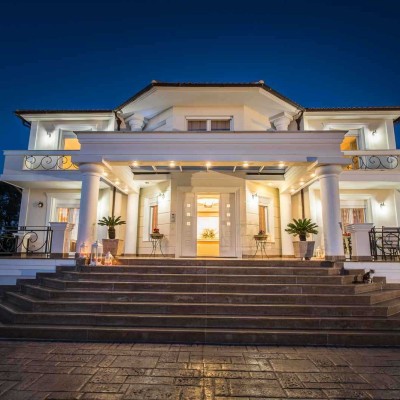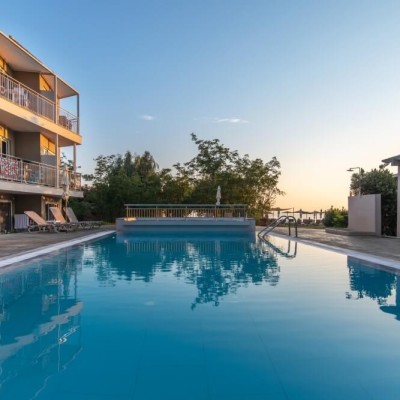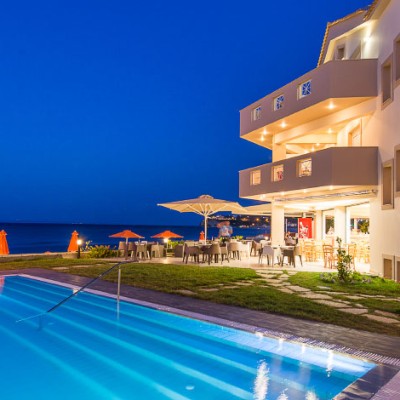
The Jews of Zakynthos were confined to the Ghetto after the events of 1712.
In that year, the "Jewish" events took place in Zakynthos, a pogrom against the Jewish community after a "blood libel" with the alleged victim being the five-year-old Ioannis Anastasiou Zervos. Whose, indeed, "martyr John Zervos [. . . ] which is now preserved in a box in the altar of the divine Church of the Estavromenos in the city of Zakynthos and which is revered by all as a holy relic", as noted in a treatise on the Jews by the brother of the music composer Paul Carrer, Frederick, who, in explaining the real causes of the pogrom, states that "at that time they [the Jews] practiced usury to such an extent that the Venetian government was forced to put a stop to this great evil".
The streets of the Ghetto formed a cross. The end of each of these four streets was closed with an iron gate.
The gates were closed at sundown and all communication between the Jews and the city ceased.
The walls and gates were demolished after the union of the Ionian Islands with Greece.




